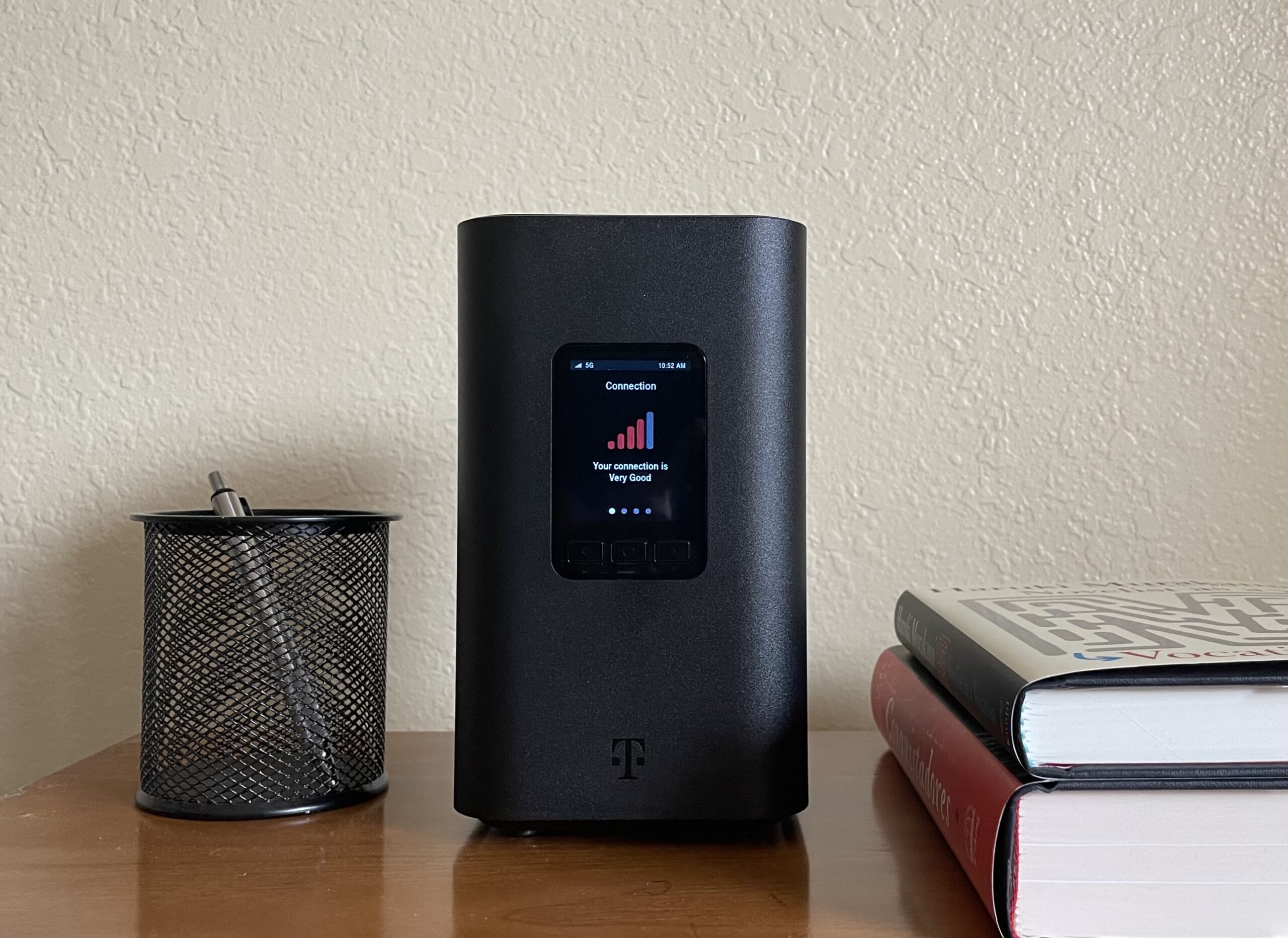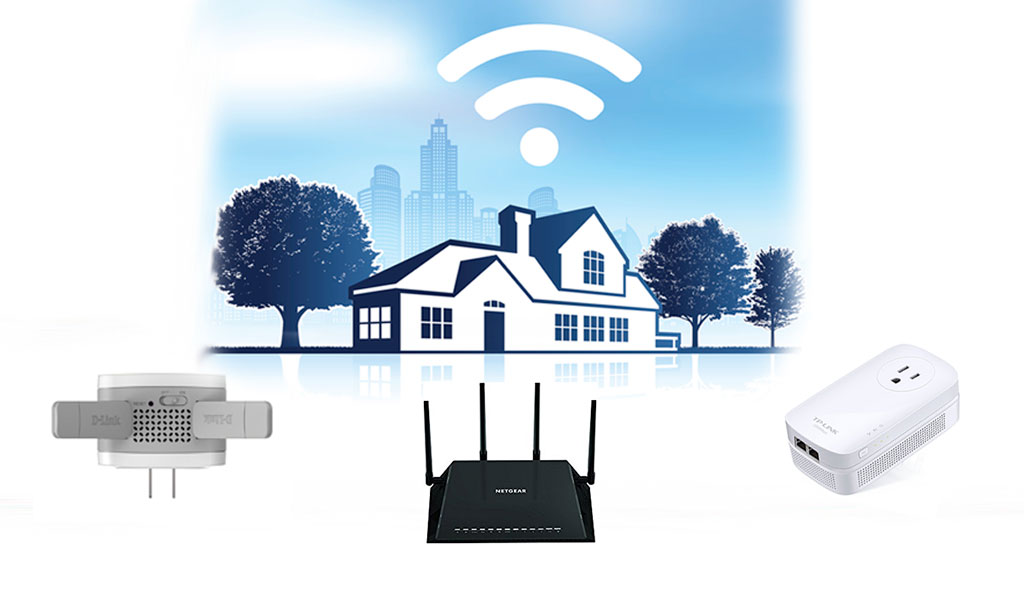How Do I Get Elon Musk’s Starlink Internet?
The technophile’s guide to SpaceX’s Starlink satellite internet
Dec 28, 2023 | Share
How-To
It’s been hard to miss the hype surrounding Elon Musk’s hi-tech swarm of mini-satellites, but back in 2020, it was even harder to get into the company’s private beta testing. The hype has since died down, but the service is now actually available to the public.
If you need a flexible internet solution for rural areas or are just curious about low-Earth orbit (LEO) satellite constellations, let us walk you through the basics of this new development in satellite internet technology.
Starlink internet plans
Starlink offers a single home internet plan for residential customers, though it also has several additional plans designed for businesses and vehicles.
Starlink plans and pricing
| Package | Price* | Speed | Order online |
|---|---|---|---|
| Starlink Standard | $120.00/mo. | 20–100Mbps | View Plan |
| Priority 2TB | $500.00/mo. | 150–500Mbps | View Plan |
| Starlink for RVs | $150.00-$200.00/mo. | 5–50Mbps | View Plan |
Data as of 7/10/2023. Offers and availability may vary by location and are subject to change.
*Plus hardware, shipping & handling fees, and tax. Fully refundable. Depending on location, some orders may take 6 months or more to fulfill.
Most people looking for a home internet plan want Starlink Standard. Starlink Roam is a portable internet service that you can take with you while traveling. This can be a handy feature for digital nomads or those living the RV life, but Roam isn’t a one-size-fits-all solution. It comes with higher prices and slower speeds, so make sure the trade-off is worth it to you.
You can choose between a regional plan and a global Roam plan, depending on how far you tend to wander. Roam customers can also use their connection while moving by upgrading to a Priority Mobile service plan and purchasing Starlink’s Flat High Performance equipment, which costs $2,500. This is a pretty hefty up-front cost with very niche use cases, so unless you know you need more speed than you can get using your phone as a hotspot, we suggest you skip this one.
How to get Starlink now
If you’re already sold on the idea of Starlink, I have some good news and some bad news. The good news is that you can absolutely sign up for Starlink right now. The bad news is, due to the popularity of the service, there is a considerable wait for most customers to get equipment.
Most delays are simply due to Starlink being a relatively small company and newcomer in the satellite internet market. It simply can’t manufacture satellite dishes fast enough to keep up with demand. The other issue is that in certain areas, Starlink has implemented a waitlist to manage network congestion. In these areas, the company doesn’t have enough satellites to handle the amount of internet traffic. This can increase delays by weeks or even months.
Are you looking for a high-speed connection in your area? Enter your zip code below to see what’s in your area right now.
If you’re in an area with a waitlist but want to figure out a way to cut in line, there is a shortcut. Sort of. Since Starlink Roam plans are licensed to go anywhere, you can sign up for a Roam plan to circumvent regional restrictions. The catch is that while a Residential customer can switch to Roam, once you’re on Roam, you can’t switch back. This means higher monthly costs and lower speeds than you get with a Residential plan.
The other important point: While Roam customers don’t have to wait in line, you still have to deal with any network congestion issues in your area. So even though you get your equipment sooner, you might experience slower speeds than you expected until Starlink is able to launch enough satellites to handle the traffic in your area.
Is Starlink unlimited?
Starlink currently offers unlimited data with its plans, though there’s some fine print that comes along with that claim. Geosynchronous (GSO) satellite providers, like Viasat and Hughesnet are known for having some of the most restrictive data caps of any type of internet. When GSO satellite customers hit their data cap for the month, their speeds can be deprioritized or throttled, reducing speeds to a crawl far below the advertised speeds.
Initially, Starlink offered truly unlimited data—a first for satellite internet. Unfortunately, as its network struggled with the influx of new customers, Starlink implemented a 1 TB cap. Although this is quite high for a data cap—especially compared to other satellite providers—the move was understandably unpopular with early adopters who had signed up for unlimited data.
Starlink quickly reversed the decision and now divides data into three tiers: Mobile, Standard, and Priority/Mobile Priority. Residential plans come with Standard data by default, and Roam comes with Mobile. You can upgrade to Priority data for the month, but unlike Standard data, Priority data is capped, starting at 1TB (50GB for Mobile Priority). So all Starlink plans are unlimited, but they’re also lower priority by default.
Because these lower priority tiers are the default, they should still be delivering speeds that fall within Starlink’s advertised download speeds. This is not necessarily the case when you run out of data on a GSO satellite plan, which is why Starlink is still generally referred to as unlimited while other satellite plans are not. This tiered system definitely muddies the water when talking about satellite data, making it harder to make a direct comparison between providers.
How fast is Starlink internet?
At time of writing, Starlink’s Standard plan advertises speeds between 20Mbps and 100Mbps. This puts it pretty close to GSO satellite speeds, and Roam plans are slightly slower. Those who have been following Starlink since beta might remember that projected speeds were considerably higher at one point, blowing traditional satellite providers out of the water.
Unfortunately, speeds have slowed since Starlink opened up to the public. The same network management issues that forced the company to change its data policy have also brought speeds lower and lower. While this is a bit depressing to those of us who remember the hype from just a few years ago, this is also a trend that is completely reversible if Starlink can get enough satellites in orbit to meet demand.
Despite these drops in speed, the biggest advantage of Starlink’s technology is not its download speeds, but its low latency. Latency is the amount of time it takes for a signal to travel from one computer to another and back again. GSO satellites like those used by Viasat and Hughesnet are located in geosynchronous orbit, far from the surface of the Earth. Even traveling at the speed of light, it takes a relatively long time (for an internet signal) to get to these satellites and back. This delay makes it hard to do any real-time activity, such as playing online games or using video chat.
The LEO satellites that Starlink uses orbit much closer to the Earth, reducing the distance that signals need to travel, thus providing much lower latency than other satellites can possibly achieve.
Can you watch TV on Starlink?
Starlink is a satellite internet provider, not a TV provider, so you don’t get TV channels like you do with DirecTV or DISH. That said, you can still watch TV shows over streaming services like Hulu or YouTube TV. In fact, with its decent download speeds and (mostly) unlimited data, Starlink is really the only satellite internet service that can handle streaming TV and movies on a regular basis.
For more information, check out some of our other guides on streaming services:
Author - Peter Christiansen
Peter Christiansen writes about satellite internet, rural connectivity, livestreaming, and parental controls for HighSpeedInternet.com. Peter holds a PhD in communication from the University of Utah and has been working in tech for over 15 years as a computer programmer, game developer, filmmaker, and writer. His writing has been praised by outlets like Wired, Digital Humanities Now, and the New Statesman.





